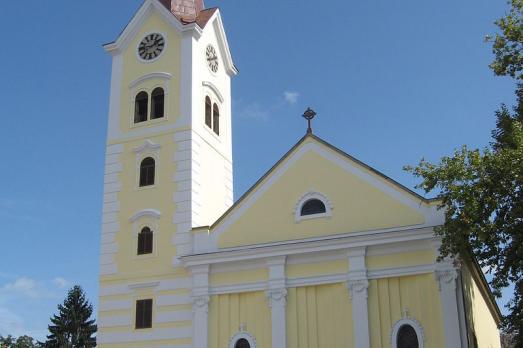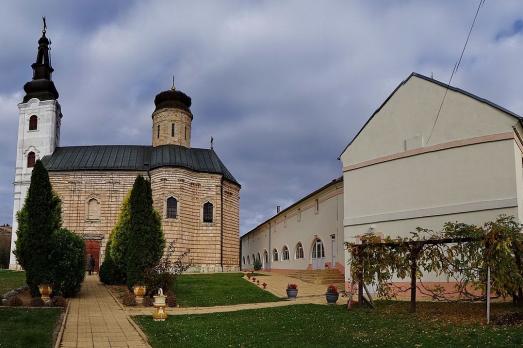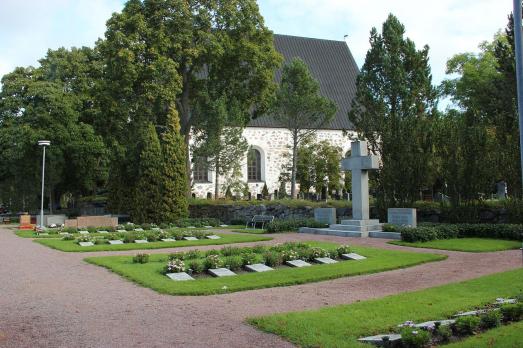Sionskerk
Bennekom, NL
The Christian Reformed Church (CGK) of Oosterbeek, which was established on 24 May 1932 , has been dissolved and is now a parish of the CGK of Bennekom. The Rehoboth Church at Jagerspad 6-e in Oosterbeek will remain in use for the time being. (50-03)












